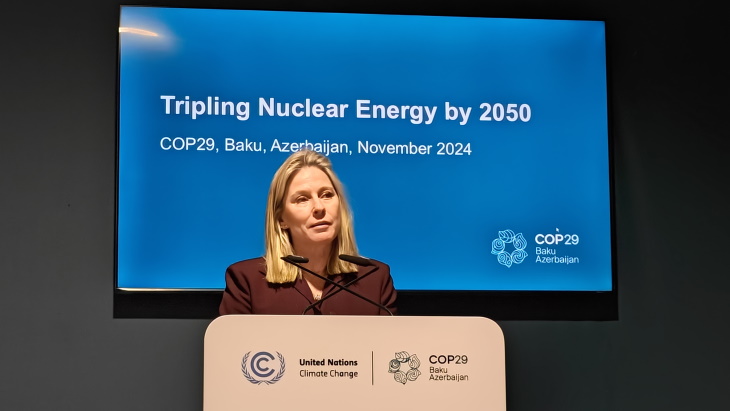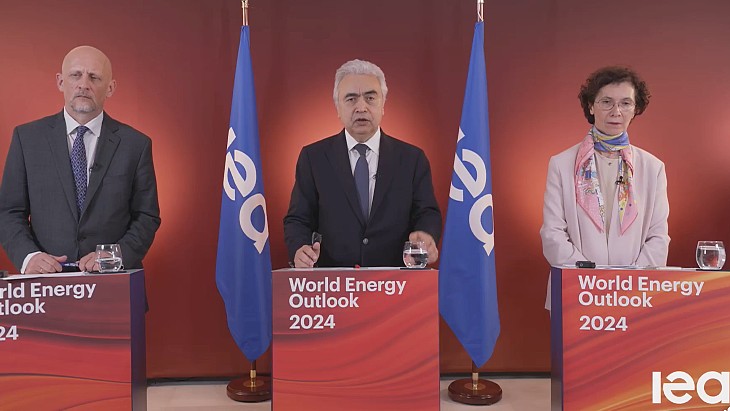Nuclear's share of primary energy to rise, says BP
While global energy demand is expected to grow by 34% between 2014 and 2035, nuclear power generation will grow 50% in total over the same period, according to the latest Energy Outlook from oil and gas giant BP.
BP said its Energy Outlook considers a base case, outlining the 'most likely' path for energy demand by fuel on assumptions and judgements about future changes in policy, technology and the economy, and develops a number of alternative cases to explore key uncertainties.
According to the 2016 edition of the Energy Outlook, launched last month, BP says world energy consumption will grow by 34% between 2014 and 2035, from 12,928 million tonnes oil equivalent (toe) to 17,307 million toe. Some 95% of this growth will come from non-OECD countries.
.jpg) |
| Shares of primary energy, 1965-2035 (Image: BP) |
Fossil fuels will remain the dominant form of energy providing some 60% of the additional energy and accounting for almost 80% of total energy supplies in 2035, the study says. Fossil fuels accounted for 86% of energy supply in 2014.
By 2035, non-fossil fuels will make up 21% of global primary energy compared with the current 14%. Among non-fossil fuels, renewables (including biofuels) are forecast to grow 6.6% per year, taking their share of primary energy from around 3% today to 9% by 2025.
More than half of the growth in global energy consumption is used for power generation "as the long-run trend towards global electrification continues". The share of energy used for power generation is expected to increase from 42% today to 45% by 2035, BP said. Over the same period, the share of coal in power generation drops from 43% in 2014 to around one-third in 2035. Meanwhile, the share of non-fossil fuels increases to reach almost 45% by 2035.
The global use of nuclear energy is forecast to grow by 1.9% per year from 574.0 million toe in 2014 to 859.2 million toe in 2035, which is an overall increase of 50%.
Nuclear output in the European Union and North America is expected to decline 29% and 13%, respectively, as ageing reactors are gradually retired and "the economic and political challenges of nuclear energy stunt new investments". However, output in China is forecast to increase 11.2% annually. BP said Japan's nuclear output will reach 60% of its 2010 level by 2020 as reactors restart over the next five years.
Coal's share of global primary energy production is expected to drop from 30% in 2014 to 25% in 2035, its lowest share since the industrial revolution, according to BP.
The rate of growth of carbon emissions between 2014 and 2035 is expected to more than half relative to the past 20 years, reflecting gains in energy efficiency and the changing fuel mix. BP CEO Bob Dudley said, "Despite this, carbon emissions are likely to continue to increase, indicating the need for further policy action."
Researched and written
by World Nuclear News

_99697.jpg)








_88592.jpg)

